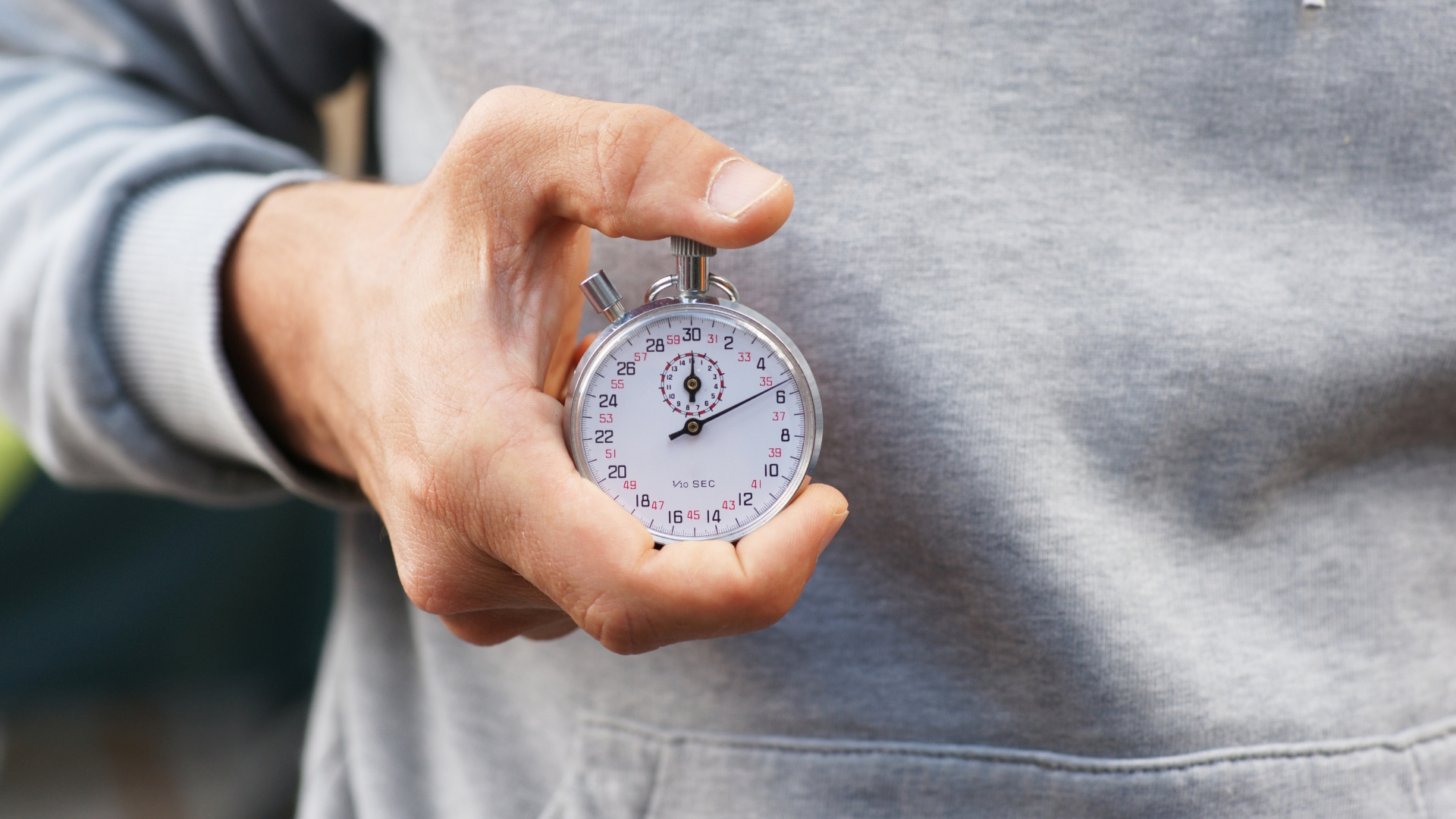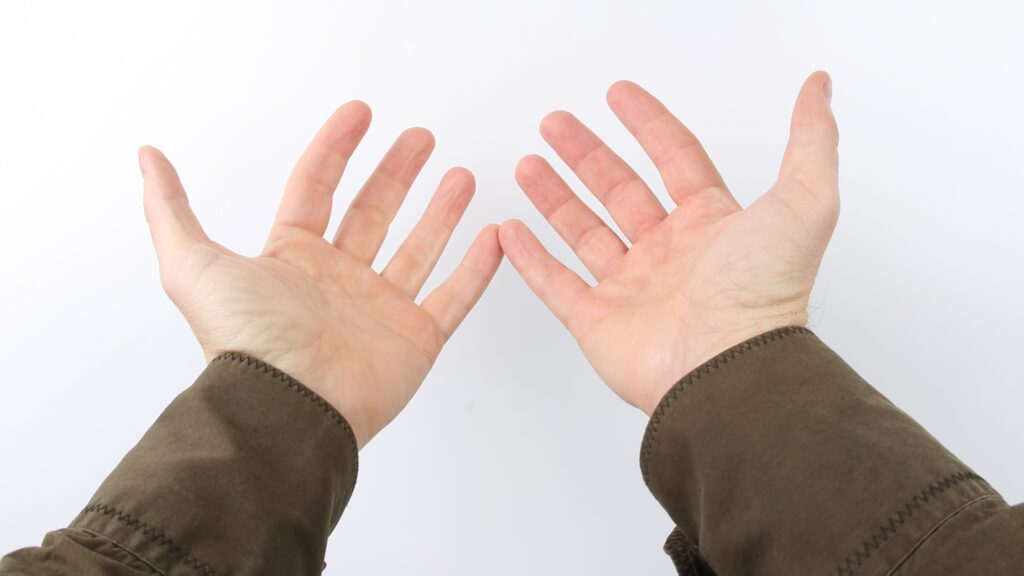The FAST test

Strokes can occur suddenly, without warning, and are often painless. It is crucial to recognize the symptoms early and seek medical help quickly. Time is brain” applies. This is because our brain is not properly supplied with blood during a stroke and brain cells die. The longer this condition lasts, the greater the damage. Every minute counts! It is therefore crucial to know the symptoms that indicate a stroke.
Contents:
- Speech or language disorders
- Paralysis and/or sensory disturbances
- Dizziness and unsteady gait
- Visual disturbances
- Headache
- The FAST test
- “Be Fast” — The extension
- First aid in the event of a stroke
The five most common signs are listed below:
Speech or language disorders:
Paralysis and/or sensory disturbances:
- Loss of strength in one hand, one arm, one leg or on one whole side of the body
Numbness or tingling, often on one side
Dizziness and unsteady gait:
Sudden loss of balance and unsteady movements
Dizziness such as spinning vertigo or vertigo with fear of falling
Visual disturbances:
Sudden, temporary blindness in one eye (amaurosis fugax)
Double vision or blurred vision
Visual field restriction on one side
Headache:
Severe headache, accompanied by nausea, vomiting, loss of consciousness or hemiplegia
With the help of the so-called FAST test, you can check for a suspected stroke within a very short time. This test comes from the English-speaking world and means “fast”.
The FAST test
F for “Face”:
A for “Arms”:
S for “Speech”:
Have the person concerned repeat a simple sentence. If she cannot do this or if her voice sounds slurred, she probably has a speech disorder.
T for “Time”:
Do not hesitate! Call 112 immediately and describe the symptoms.
As a general rule: If you suspect a stroke, you should call an emergency doctor immediately (emergency number 112)! A stroke must be treated as quickly as possible. Because the faster those affected are treated, the better their chances of recovery.
“Be Fast” — The extension
In recent years, the acronym has been expanded to “be fast”. This addition integrates further criteria to enable an even more precise diagnosis. The “B ” stands for “Balance”, which indicates that sudden balance problems can be another sign of a stroke. . The “E “ in “Be fast” refers to “Eyes”, because sudden visual disturbances, especially loss of vision on one side or double vision, can also be alarming signs of a stroke. This extension of the test enables healthcare professionals to identify potential strokes more quickly and accurately, improving the chances of treatment and patient care overall.
First aid in the event of a stroke
After a stroke, the person affected may not be able to speak. It is therefore particularly important to educate and reassure them. Raise your upper body slightly and undo any restrictive clothing such as a collar or tie. This makes breathing easier.
As the affected person may not be able to interact with the environment and make themselves noticed, check their consciousness and breathing regularly.
Do not give the person anything to eat or drink!
If the person is unconscious but breathing, you should place them in the recovery position (on their paralyzed side). Check your breathing and pulse regularly here too.



